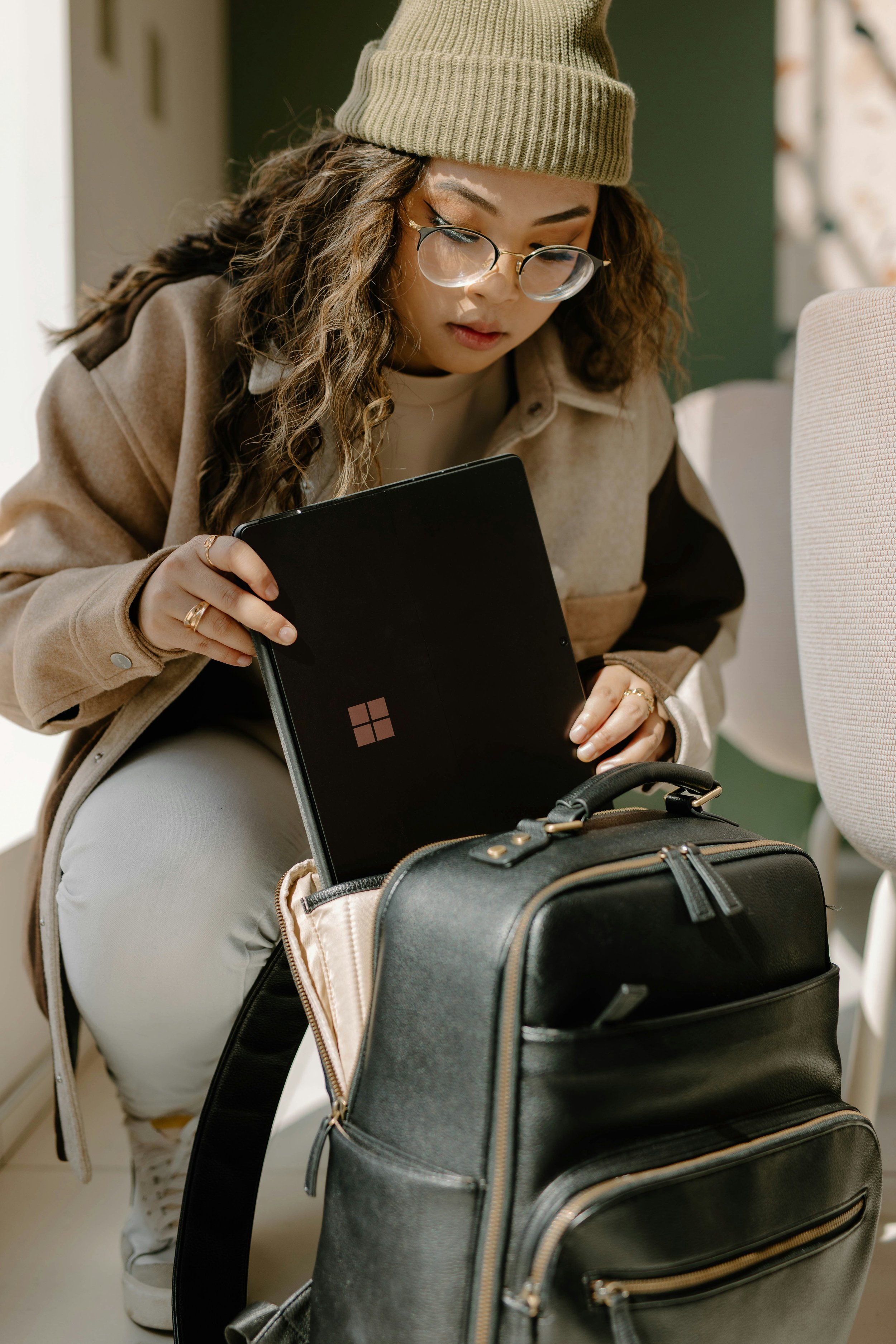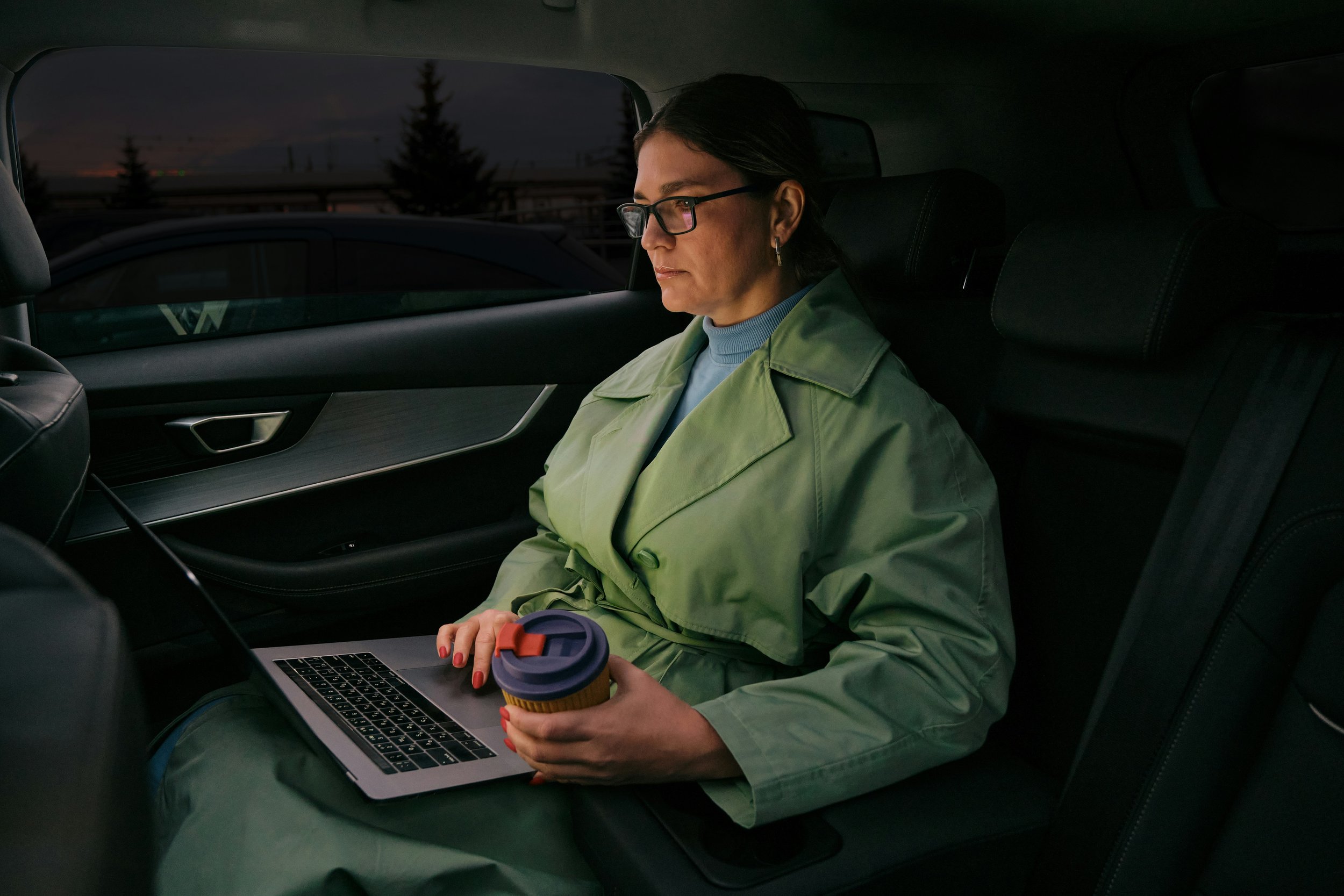Alone Together: The Isolation Effect of Tech
We live in an age where it’s easier than ever to stay “connected.” With just a few taps, we can message a friend, join a Zoom meeting, or scroll through updates from hundreds of people. And yet, more and more people report feeling lonely, unseen, and emotionally distant.
It’s the paradox of our time: We are hyperconnected, and yet deeply disconnected. The very tools designed to bring us closer can quietly pull us apart.
Dr. Sherry Turkle, an MIT sociologist and author of Alone Together, puts it bluntly: “We expect more from technology and less from each other.”
And she’s right. After decades of research, Turkle has uncovered a hard truth: the more we depend on technology to stay connected, the more our relationships lose their texture.
They become flatter. Less spontaneous. Less messy. Less human.
When real connection feels too awkward, too vulnerable, or just too much, we often settle for a safer substitute, a quick text, a like, a scroll. It’s easy. It feels low-risk. But over time, these digital stand-ins strip away the depth and colour of real-life connection.
As she says, “Technology promises connection, but it often delivers just the illusion of companionship.”
We weren’t made for illusions. We were made for presence.
What Social Psychology Tells Us
Human beings are wired for connection. We thrive on eye contact, gentle tones, shared laughter, and being physically present with each other. These little relational cues help our brains regulate stress, build empathy, and feel safe. They’re not extras—they’re essential.
But the shortcuts that technology offers can quietly bypass these vital signals. Here’s how:
Phubbing (phone + snubbing): Glancing at your phone during a conversation, even for a second, has been shown to reduce emotional closeness and relationship satisfaction. It sends a quiet message: something else is more important than you right now.
Technoference: When phones interrupt our moments, meals, conversations, quality time, it doesn’t just distract us. It disconnects us. Research links this to more conflict, lower satisfaction, and less emotional attunement between partners.
Parasocial relationships: Following influencers, celebrities, or even online therapists can feel like connection. But it’s one-sided. We know them, but they don’t know us. And over time, that can quietly fuel comparison and loneliness.
In fact, a study from the University of Essex found that simply having a phone visible on the table, not even being used, was enough to make people feel less connected during a conversation.
Here’s the truth: We don’t need more content. We need more presence. More heads lifted. Eyes meeting. Hearts tuning in. Because the most meaningful moments in life? They don’t happen through a screen. They happen when we’re fully here.
Why This Matters for Mental Health
Psychologists have known this for years: social isolation is one of the biggest predictors of poor mental health.
But let’s be clear, loneliness isn’t just being alone. It’s not feeling emotionally connected, even when people are around.
And in a world where screen-time is replacing face-time, we’re seeing the effects: Anxiety and depression are on the rise, especially among teens and young adults, who are often the most digitally connected, but emotionally starved. Empathy is declining, as we miss the facial expressions, body language, and tone of voice that help us truly understand each other. Emotional burnout is growing, because our brains are constantly stimulated by content but not soothed by real connection.
One quote puts it perfectly: “Loneliness is not the absence of people. It’s the absence of connection.”
So maybe what we really need isn’t another message, scroll, or notification. Maybe what we need is to look up. Reach out. And be fully present with the people right in front of us.
So, what can you do?
This isn’t about ditching technology. It’s about using it more mindfully, so it serves our relationships, rather than replaces them. Here are a few ways to start:
1. Be Where Your Feet Are
When you’re with someone, be with them. Make eye contact. Put the phone away. Listen with your whole self. These small moments build safety and trust.
2. Create Tech-Free Zones
Designate parts of your day or home as device-free—like the dinner table, bedtime, or the first hour after waking. Protecting these moments fosters more meaningful interaction.
3. Go Deep, Not Wide
Instead of trying to “keep up” with everyone online, invest in a few core relationships. Depth is more healing than breadth.
4. Ask Real Questions
Move beyond “how’s it going?” Ask things like, What’s been weighing on you lately? What’s brought you joy this week? Real questions open the door to real connection.
5. Practise Digital Discernment
Curate your feed intentionally. Notice which accounts leave you feeling anxious, inadequate, or numb, and unfollow freely. Seek out content that uplifts but doesn’t replace real-world support.
There’s no app that can replace being known. No amount of likes that will satisfy the longing to be seen. And no filter that can offer the safety of a friend who listens with compassion.
Technology isn’t the enemy. But when it becomes the main way we connect, it can quietly crowd out the very thing we need most, true, relational presence.
Let’s reclaim it. Let’s be alone less, together.
Disclaimer: The resources provided on this site are for educational purposes only and are not intended as a replacement for professional therapy, counselling, or medical care. Please consult with a licensed mental health clinician for any personal concerns or questions. In case of a crisis, contact emergency services immediately.





























